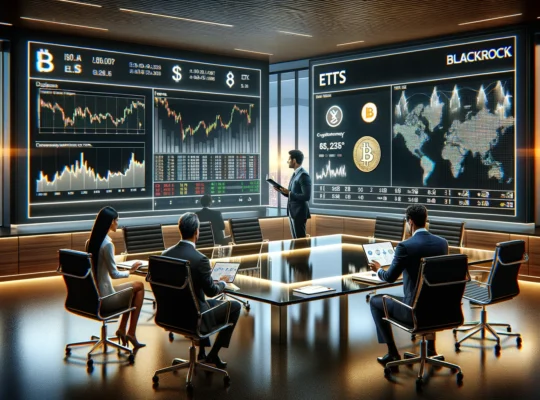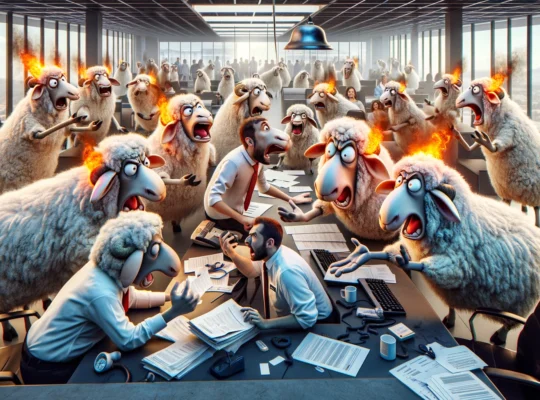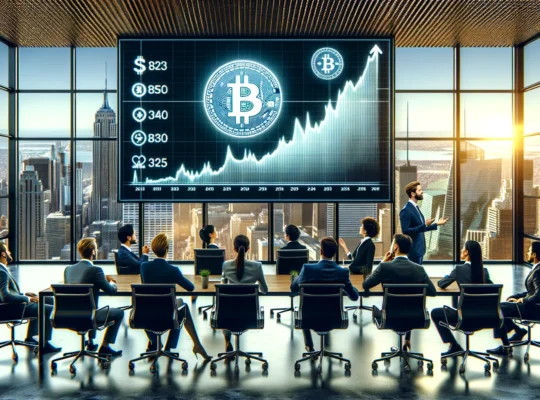In a notable economic shift, recent reports indicate that unemployment figures in the United States have edged up to 3.9%. This uptick from previously lower rates is a multifaceted issue, reflecting various economic undercurrents and labor market dynamics. As policymakers, economists, and citizens grapple with these numbers, it is crucial to understand the factors contributing to this change and its implications for the American economy.
Economic Context
The rise to a 3.9% unemployment rate marks a slight but significant departure from the historically low unemployment figures enjoyed in past months. Such an increase can be attributed to a confluence of factors:
- Market Volatility: Fluctuations in the stock market and trade uncertainties can create a cautious business environment, leading to reduced hiring and increased layoffs.
- Structural Changes: Advances in technology and automation continue to reshape the job market, potentially displacing workers in certain sectors while increasing demand in others.
- Policy Effects: Changes in fiscal and monetary policies can have a delayed impact on employment rates, influencing business investment and workforce expansion decisions.
Industry and Labor Analysis
A sector-wise breakdown reveals that the rising unemployment is not evenly distributed across all industries. For instance:
- Manufacturing Slowdown: Certain manufacturing sectors have seen a decline, attributed partly to global supply chain disruptions and shifting trade relations.
- Retail Restructuring: The ongoing transformation of the retail landscape, with the rise of e-commerce, has led to physical store closures and subsequent job losses.
- Tech Sector Resilience: In contrast, the tech industry often shows robust job growth, although it too is not immune to economic pressures and cyclical layoffs.
Geographical Variations
The national unemployment rate is an average that masks regional disparities. Some states and cities may experience higher rates due to local economic conditions, industry composition, and other unique factors.
The Human Element
Behind the statistics are individuals and families affected by the uncertainty and stress that job loss brings. Rising unemployment can have far-reaching effects on consumer confidence, spending power, and overall economic health.
Policy Response and Support Systems
Government response to shifting unemployment rates typically involves a mix of interventions:
- Monetary Policy Adjustments: The Federal Reserve may alter interest rates to encourage borrowing and investment, aiming to stimulate economic activity and job creation.
- Fiscal Stimulus: Government spending initiatives can provide a direct boost to the economy, potentially creating jobs and reducing unemployment.
- Workforce Development Programs: Investing in retraining and upskilling can help workers transition into in-demand sectors, aligning labor supply with market needs.
Looking Ahead
While the rise in unemployment figures to 3.9% is a cause for attention, it is also part of the ebb and flow of a dynamic economy. The key to navigating this shift lies in understanding its drivers and implementing strategies that support both short-term recovery and long-term economic resilience. It requires a concerted effort from both the public and private sectors to adapt to changing economic realities and ensure that the workforce is prepared for the jobs of tomorrow. As the nation addresses these challenges, the ultimate goal remains clear: to foster a robust, inclusive economy where every individual has the opportunity to thrive.















